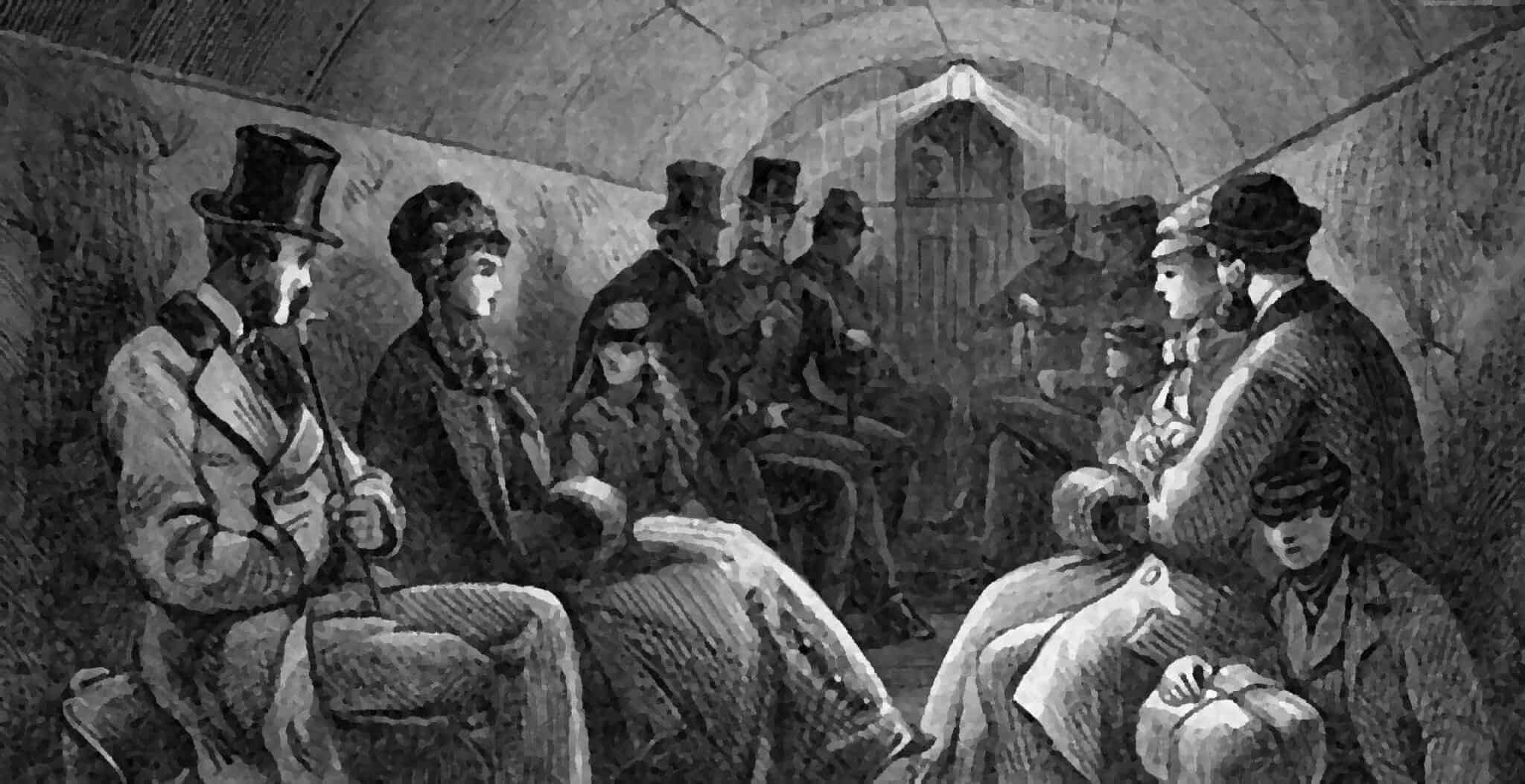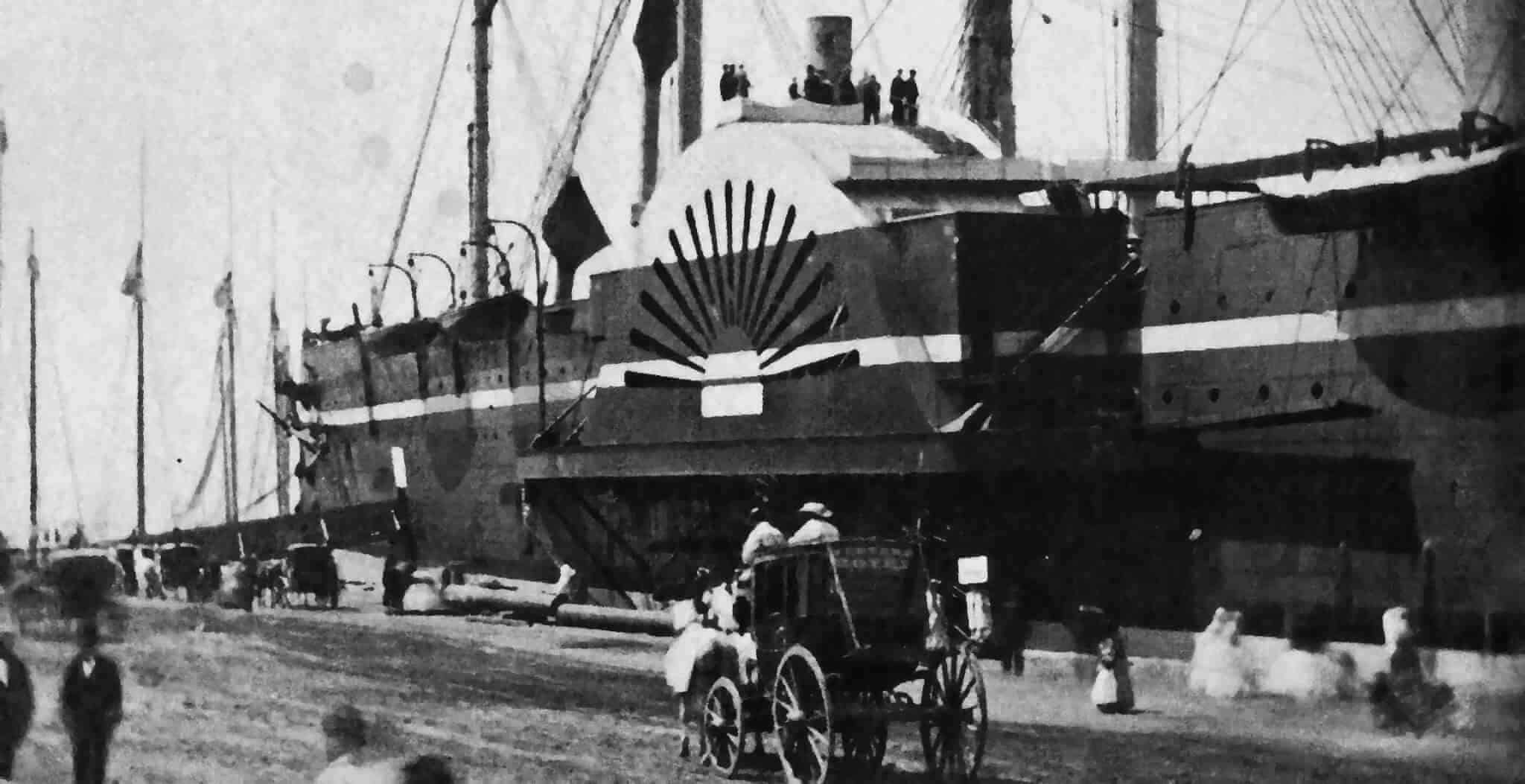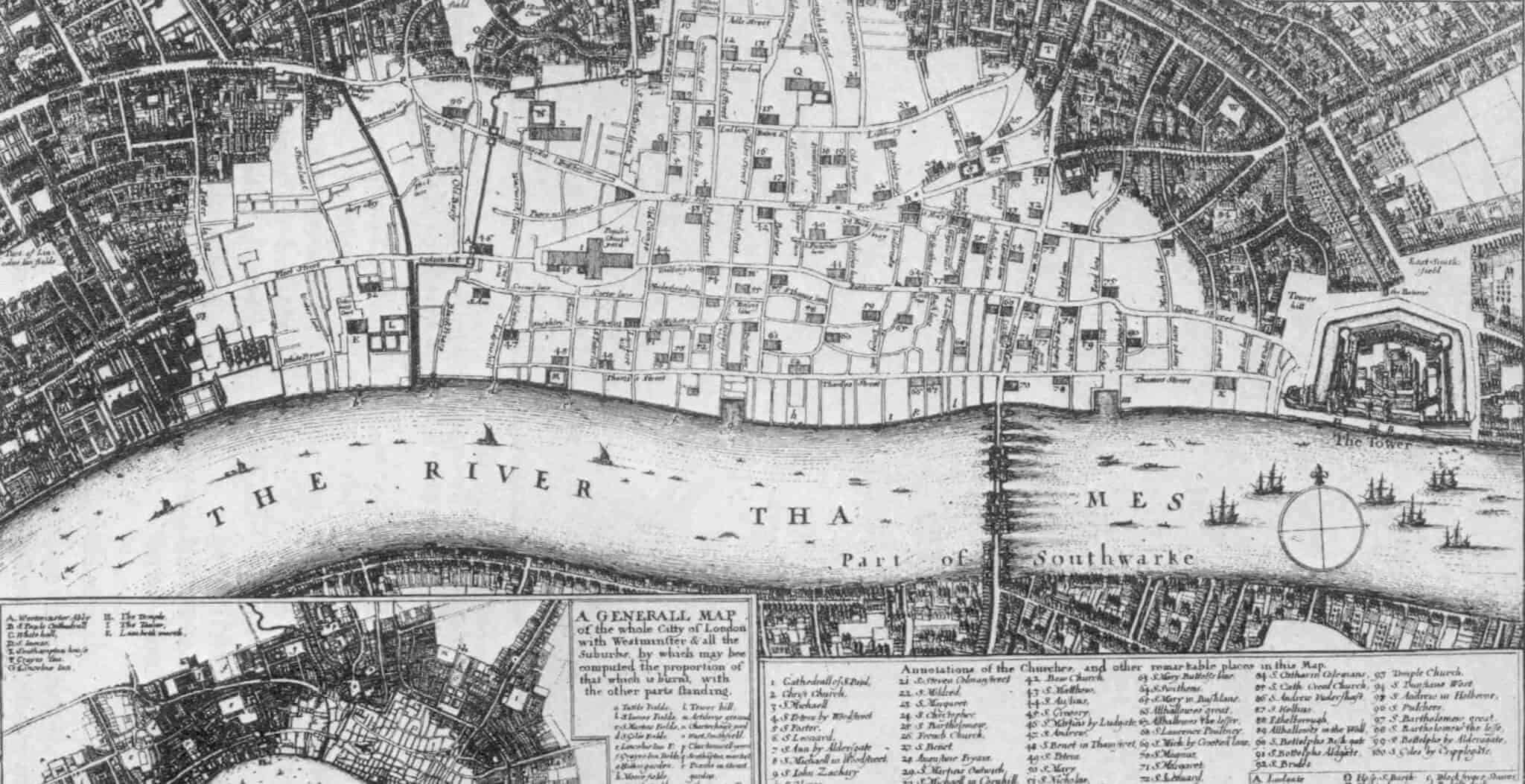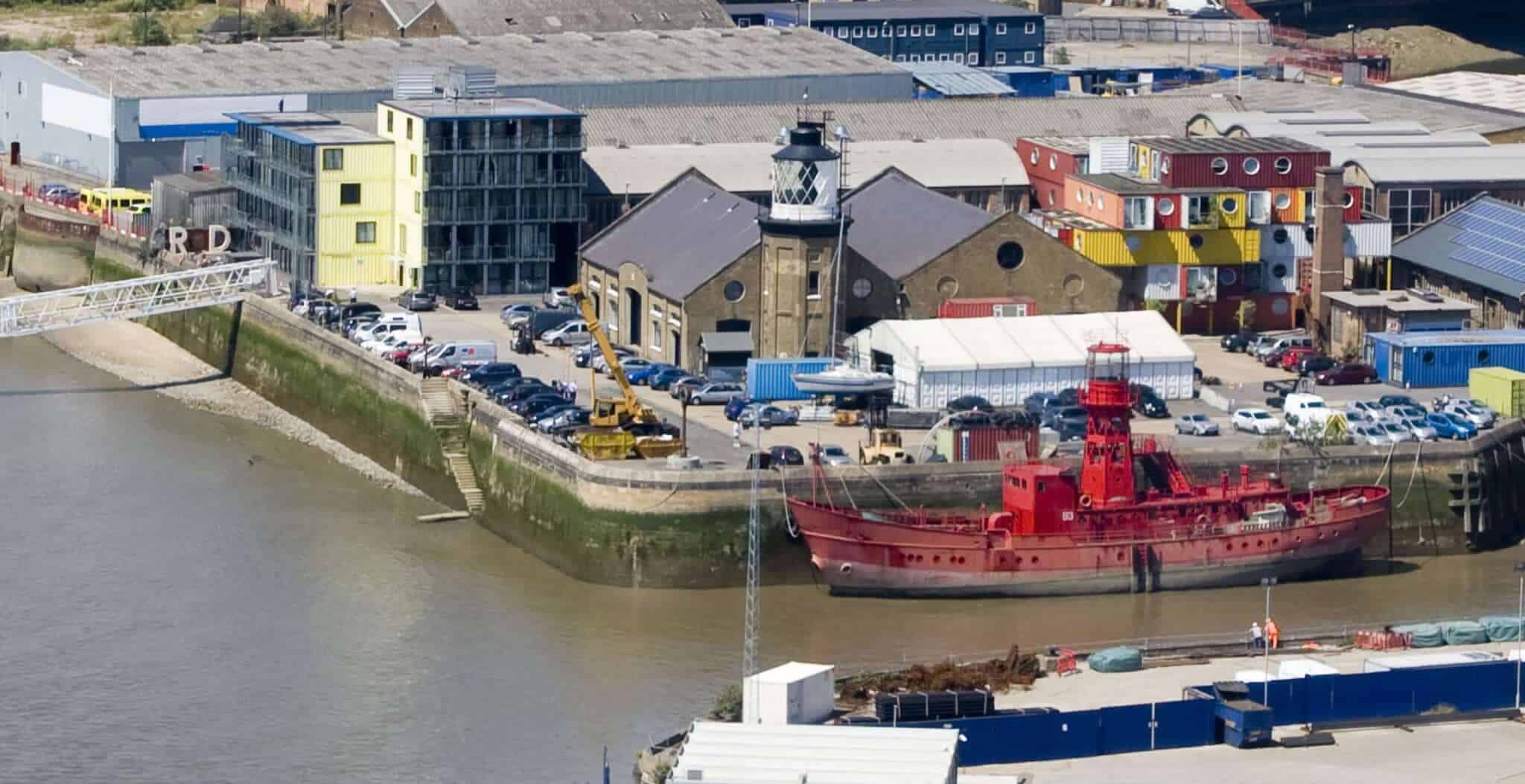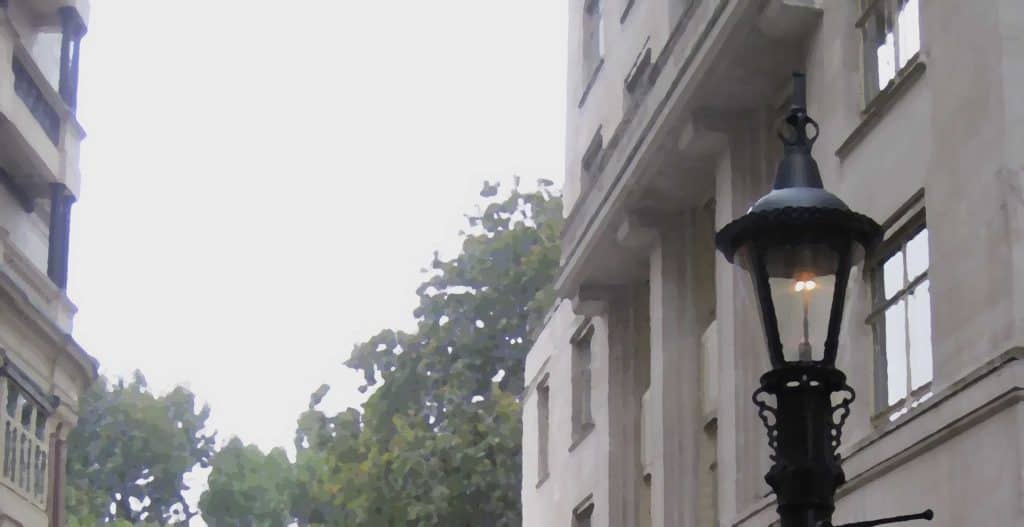The second oldest tunnel running under the Thames, Tower Subway is an often forgotten legacy of Victorian engineering. The tunnel runs between Tower Hill on the north side of the river, through to Vine Lane on the south side of the river (i.e. just to the west of Tower Bridge).
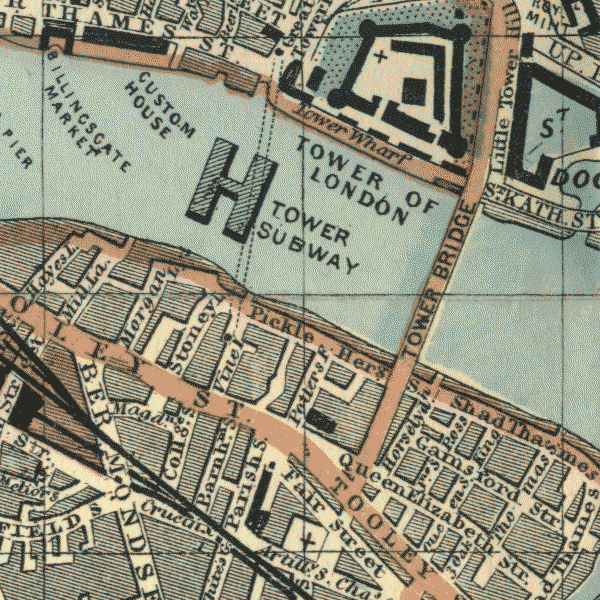
When the contract went to tender in 1868, no-one could be found to take on the construction of the subway, mainly due to logistical difficulties and massive expense that dogged the construction of Brunel’s “Thames Tunnel” some 30 years earlier. However, when the 24 year old James Henry Greathead came forward with an offer of £9,400 to cover all of the required work this was accepted and construction got underway a year later.
Much like the construction of Brunel’s “Thames Tunnel”, Tower Subway used a wrought iron tunnelling shield to bore through a layer of clay just below the river bed. However, because of the restrictive budget given to the project, the diameter of the tunnel was much smaller than that of its predecessor; in fact, it was only 7 feet in diameter.

Even more astonishing was just how quickly the tunnel was completed; from start to finish in under a year. This was a vast improvement on the previous mentioned “Thames Tunnel” which took 18 years to complete. Also worthy of a mention is that Tower Subway pioneered the use of cast iron to line the tunnel (as opposed to brick lining) which had never been used previously. This was Victorian engineering at its very best…
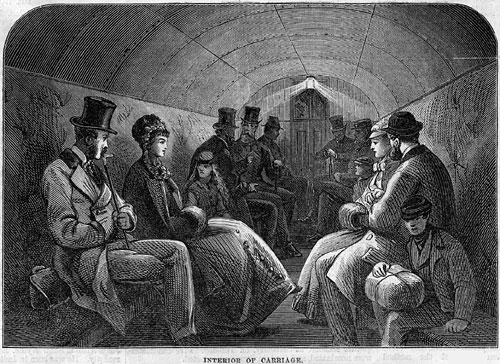
Despite being an engineering success, the commercial history of the tunnel was anything but successful. The first few months of operation saw 12 passengers at a time travel on a small cable car through the tunnel, taking around 70 seconds to get from one side to another. The whole system, that of the passenger lifts and the cable car itself, was powered by a 4hp stationary steam engine which sat on the south side of the tunnel. Unfortunately, due to a series of technical mishaps and a lack of custom, the shuttle service stopped after three months and the company that owned it went into receivership. So ended the worlds first ever tube railway!
The tunnel was subsequently turned into a pedestrian walkway the following year, with the cable car and passenger lifts being replaced by gas lights and spiral staircases. Astonishingly, 20,000 people a week now started braving the dark, dank and claustrophobic tunnels at a cost of a halfpenny each way. Perhaps the best first hand description of the tunnel is by Italian writer Edmondo de Amicis:
I went down and down between two dingy walls until I found myself at the round opening of the gigantic iron tube, which seems to undulate like a great intestine in the enormous belly of the river. The inside of this tube presents the appearance of a subterranean corridor, of which the end is invisible. It is lighted by a row of lights as far as you can see, which shed a veiled light, like sepulchral lamps; the atmosphere is foggy; you go along considerable stretches without meeting a soul; the walls sweat like those of an aqueduct; the floor moves under your feet like the deck of a vessel; the steps and voices of the people coming the other way give forth a cavernous sound, and are heard before you see the people, and they at a distance seem like great shadows; there is, in short, a sort of something mysterious, which without alarming causes in your heart a vague sense of disquiet.
Edmondo de Amicis Jottings about London (trans), 1883
The tunnel’s success was not to last. In 1894 the toll-free Tower Bridge was opened making Tower Subway redundant; after all, why would people want to brave the claustrophobic Tower Subway for a toll when they could cross the majestic Tower Bridge for free? It was subsequently sold to the London Hydraulic Power Company for hydraulic tubes and water mains.
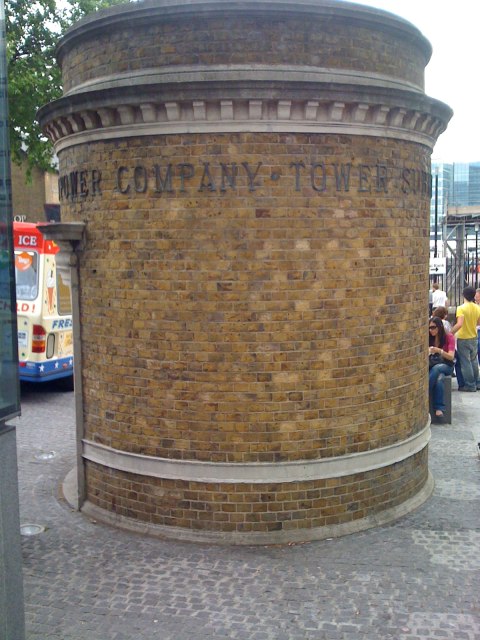
Nowadays the Tower Subway is used to carry telecommunications cables and is not open to the public. However, the northern entrance still exists at Tower Hill just next to the Tower of London ticket office. If you do go and visit it’s worth noting that this isn’t the original entrance, but a replacement which was built in the 1920’s.
Published: 7th March 2016.
Tours of Historic London
Find out more about this great city by browsing our Selected Tours of London.
